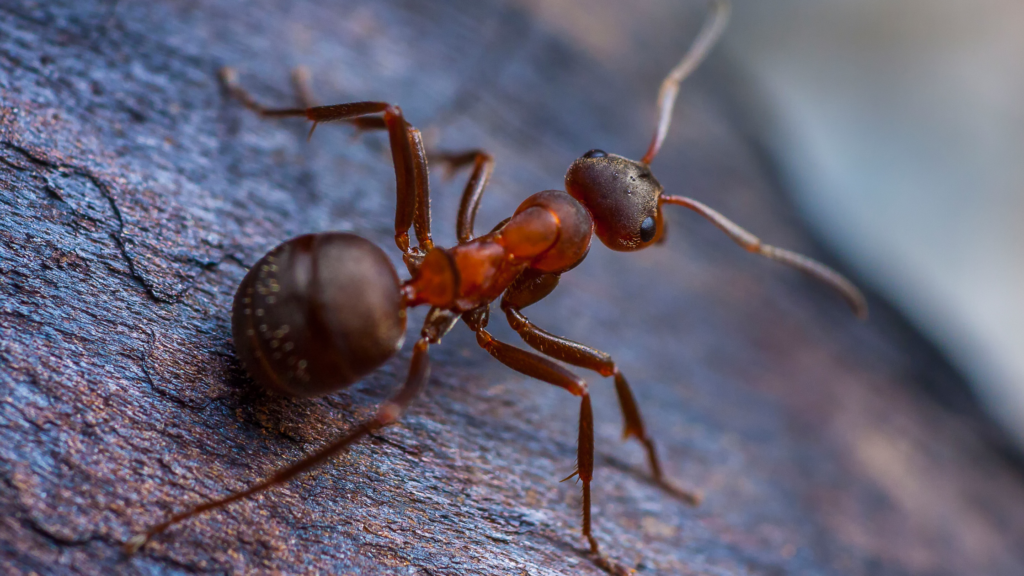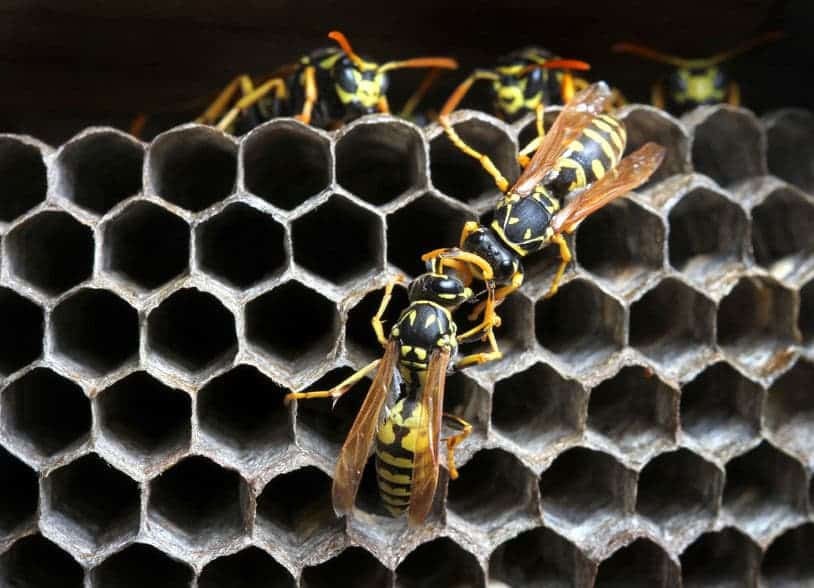
As summer turns into autumn, humidity gradually begins to lessen in Florida and sunlight isn’t quite as bright. This creates conditions that, while comfortable for residents, can also help certain pests to thrive. If you’re in our service areas in Florida and are looking for “lawn pest control near me,” please contact us online. Our services range from the best flea treatment for yards to ground mole removal and lots in between.
Here’s information about five of the troublesome pests that can threaten your Florida lawn in the fall and how we can help.
Lawn Grubs
The lawn grub insect feeds on the roots of grass and they live right where your soil and thatch meet. Typically, these critters are the early larvae of June beetles, and one single lawn can have hundreds of them present. If they’re living in your lawn, you could pull up a patch of grass where they’re residing and you’d see white insects with a C-shaped body, anywhere from half an inch to two inches in length. (If you start to pull up an area of grass and it comes up quite easily, that’s probably because lawn grubs are living and feeding there.)
If you notice that your lawn has yellow discolorations and spots where grass is thinning, that’s a sign of the lawn grub insect. You may also notice other critters in the area, including the heavy-bodied, reddish-brown adult June beetle. They’re about half an inch to an inch in length and can be identified by their shiny wings. If you have June beetles, you’ll also have birds, frogs, and lizards, creatures that feed on them.
We can help! We take care of lawn grubs as part of our lawn insect control program.
Chinch Bugs
These are tiny pests that can cause big problems with your grass. A common pest in Florida, they can look like small cockroaches with a longer “tail.” If you see young ones, they’ll be reddish in hue with a white stripe across their backs. Adults grow to be about one-eighth to one-fifth of an inch; they’re black with a dark triangle shape separating their folded wings, and these grown chinch bugs can fly around your lawn.
These pests create large circle patches—yellow in hue—and, in lawns with heavy thatch, they can spread quickly. It isn’t unusual to have several colonies of this critter in your lawn, and they can cause your grass to die off in large areas. Plus, they can destroy garden crops and flowers—and, to make the situation even more challenging, they can be difficult to get rid of through DIY chinch bug treatments with the whole yard often needing to be treated.
Fortunately, our highly effective professional chinch bug treatments are part of our overall lawn pest control services.
Mosquitoes
Because these pests can carry dangerous diseases, it’s important to have the best mosquito yard control you can. More than 80 species can thrive in Florida’s humid climate, which means that there are plenty of them that could be transmitting dengue fever, malaria, West Nile virus, Zika virus, and more.
Effectively controlling their population involves two main tactics. First, address standing water on your property, including where rainwater collects. Get rid of any water that’s in vases, toys, old kiddie pools, wheelbarrows, and more. Replace water in birdbaths and fountains frequently and keep your rain gutters clear. Be vigilant because mosquitoes only need a small amount of standing water to breed.
As part two, use professional mosquito yard treatments. Our trained technicians carefully apply the best mosquito yard control treatments available, including fast-acting, long-lasting barrier sprays, so that you can enjoy being outdoors again. Our mosquito yard treatment is priced on the size of your square footage and, for best results, use our recurring service during the seven-month mosquito season.
Fleas
You may only have a few fleas in your yard but, because of their rapid breeding, you may soon have an infestation—with members of it biting pets and people outdoors. Then, once they’ve established a presence outdoors, they’ll quickly get inside, riding in on warm-blood mammals. These can range from humans to dogs and cats to rats and mice.
Fleas can transmit diseases, including those like the plague that they pick up by biting rodents. Even disease-free fleas cause problems as people and pets often have allergic reactions to their saliva, suffering painful bites that itch. To help prevent a flea infestation, keep your lawn well groomed, vacuum your house often, and bathe pets regularly with veterinarian-recommended products. Plus, as part of our lawn pest control services, we’ll provide the best flea treatment for yards.
Ground Moles
These creatures eat earthworms and will dig up your lawn to get to them, leaving intricately dug tunnels and volcano-shaped mounds behind. This means that they can do serious damage to your yard. When the moles are ready to breed, the males will expand the size of the tunnels even further so that females can give birth in them. One single female typically has three or four babies in a litter, which shows how quickly their presence can grow on your property.
Moles largely live underground, which means you may not spot them often. If you see a creature that’s about seven inches long with small eyes and a hairless, pointy snout (without any visible ears), you’re probably seeing a North American mole.
The reality is that you can’t prevent these turf destroying moles from showing up on your property, but we can use effective yard mole removal techniques to address the problem. Our ground mole removal service includes applying bait in the tracks that the creatures travel in your yard.
Contact Turner For Lawn Pest Control Services
Looking for lawn pest control near your home? We provide top quality yard services in our wide service areas in Florida, including highly effective lawn pest control. The result? A lush, beautiful fall lawn. For a free inspection, please contact us online.



